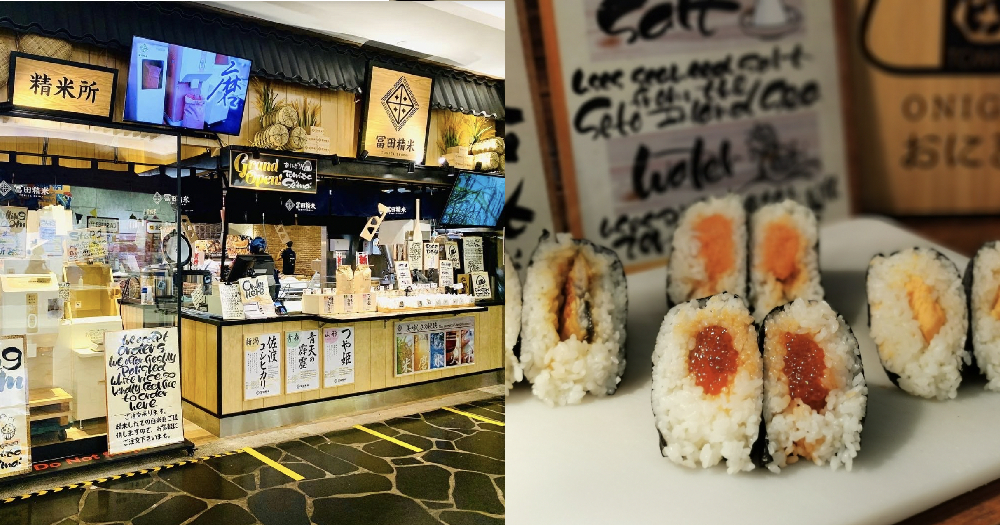Japanese food has become quite popular among Singaporeans. In fact, one will be hard pressed to find a shopping mall in the country that doesn’t boast a Japanese restaurant or a store that sells Japanese food.
And without a Japan Vaccinated Travel Lane (VTL) in sight, many locals have turned to Japanese food instead to satisfy their cravings for anything related to the Land of the Rising Sun. So immense is the demand for Japanese food in Singapore that discount chain DON DON DONKI, also known as Don Quijote in Japan, has grown exponentially.
Japanese chainstore that sells almost everything
Since it opened its first store in 2017, the chainstore which sells almost everything, from daily necessities to food, has expanded to over 10 stores across the island, with a few more in the works – its largest store yet is about to open in Jewel Changi Airport early next year.
At a time when several businesses have taken a hit during the pandemic, that’s a rather amazing feat, but perhaps evident of the high demand for Japanese goods at a time when travel to the East Asian country has been restricted for around two years, and counting.
So what is it about Japanese food that we love so much? Perhaps we can take a look at sushi, a dish that readily comes to mind when we, as foreigners, talk about the quintessential food that represents Japan.
While sushi toppings, such as fresh raw slices of tuna and dollops of translucent ikura (salmon roe), are often the highlight of the dish, the rice used is important too as not only is it the foundation upon which the sushi is built upon, it can also make or break the dish depending on how good (or bad) it is.
What's different about Japanese rice?
Japanese short grain rice is also arguably the best sort of rice to use for sushi as it just tastes better with its starchy and sticky texture that holds more moisture – thanks to a higher ratio of Amylopectin to Amylose – which also helps to retain the roll shape and make it easier to eat with chopsticks.
Also, even after it gets cold, Japanese rice, which is usually of the short grain variety, still tastes good and remains soft. This makes it suitable for dishes that are often served cold, which include sushi and onigiri (rice balls often wrapped in seaweed). But of course, Japanese rice also tastes great when served hot, with its fluffy texture.
If you’re looking for some quality Japanese rice, look no further than Tomita Seimai, a Japanese concept store available at DON DON DONKI (Orchard Central) that brings in three of the best quality premium rice from Japan – Sado Koshihikari, Aomori Seiten no Hekireki, Yamagata Tsuyahime.
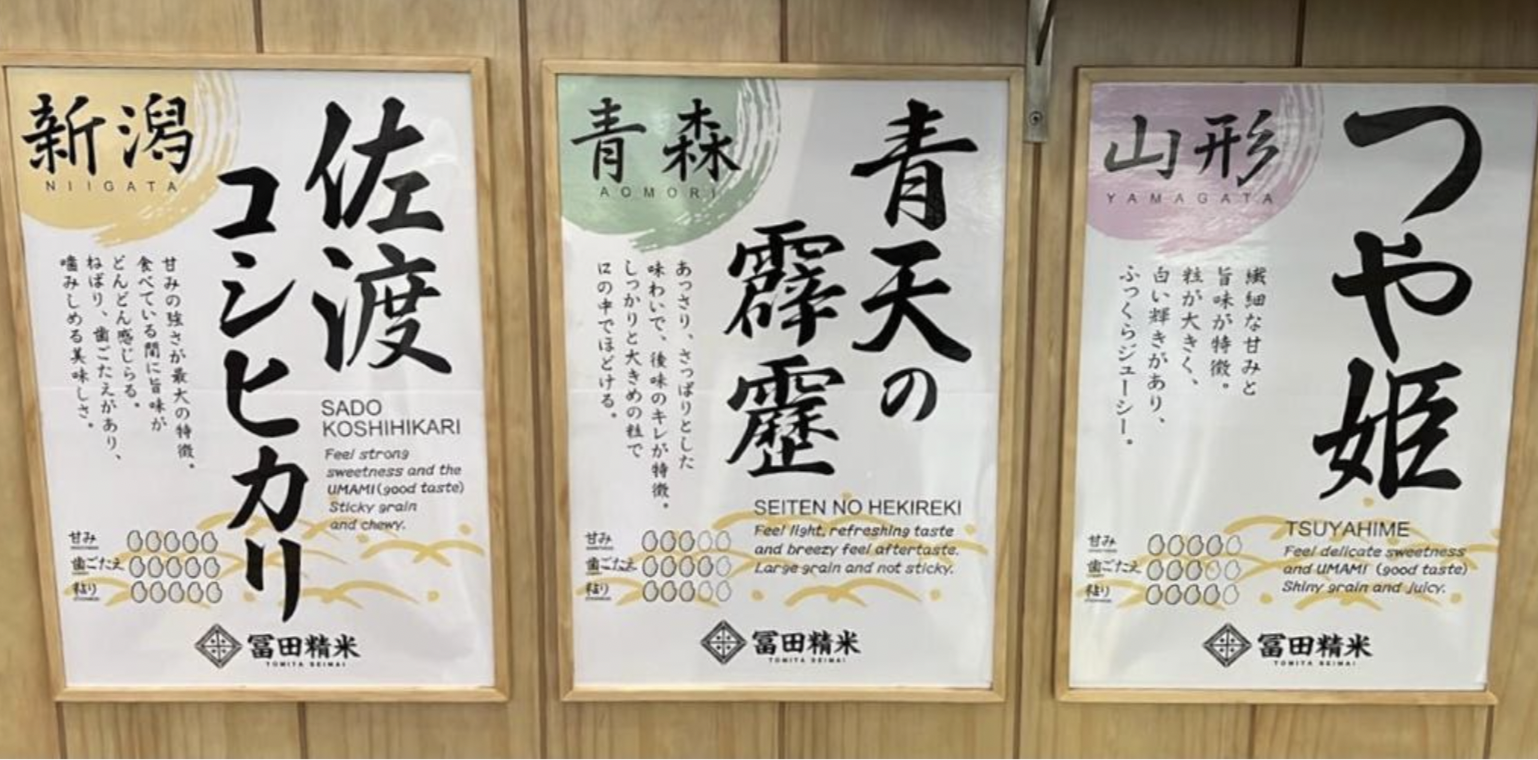 Image via DON DON DONKI
Image via DON DON DONKI
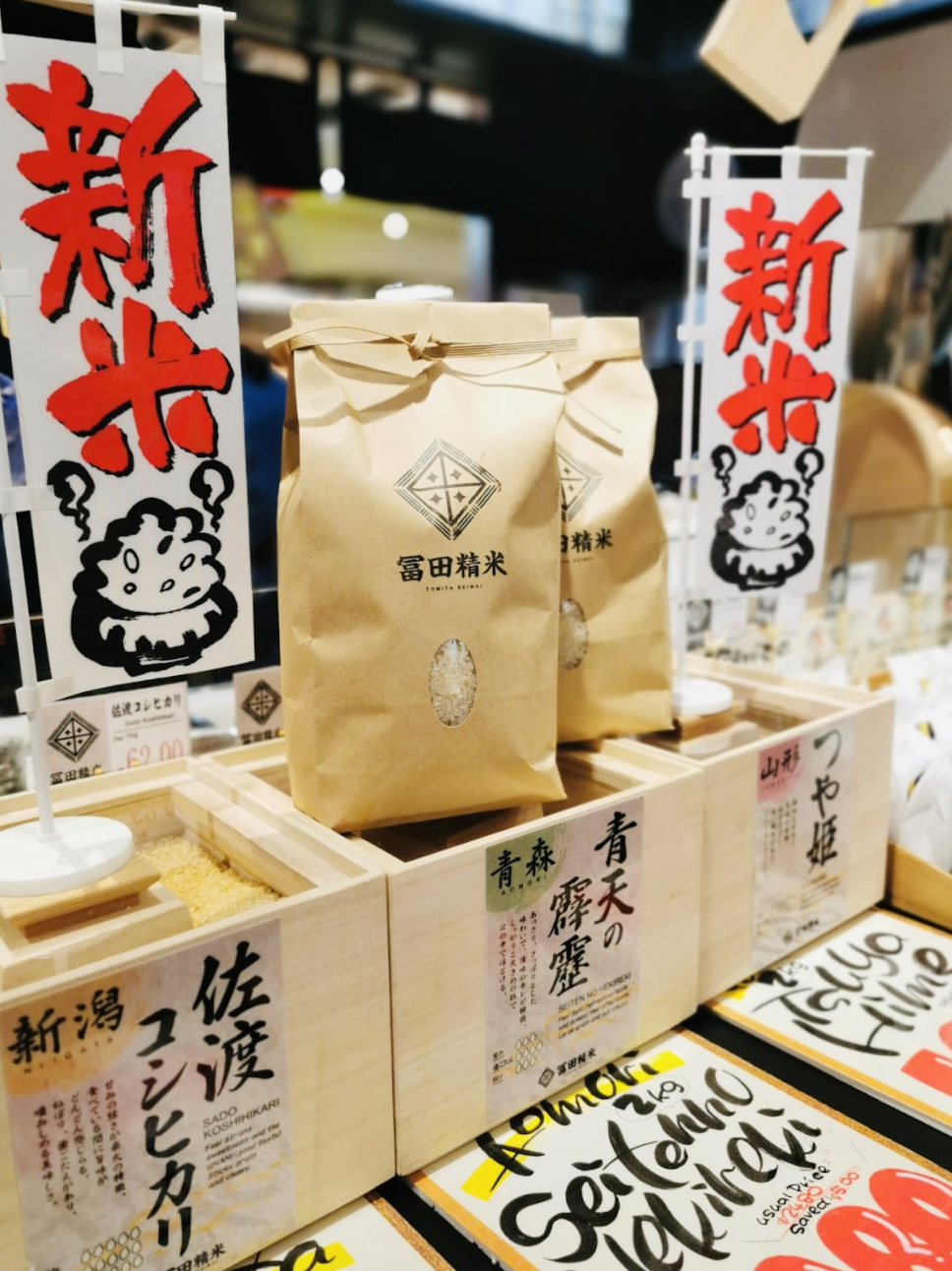 Image via DON DON DONKI
Image via DON DON DONKI
Originating from various prefectures, the different rice breeds carry their own characteristics in terms of taste, texture, size and appearance.
For instance, Sado Koshikiri has a tinge of sweetness to it, and is considered more chewy and sticky than the other types, making it a rice that’s “delicious even when cold”, according to cultivators.
On the other hand, the Tsuyahime has more of an umami taste, and has a slight sheen to it in terms of appearance.
As for the Seiten no Heikiri, its grains are considered to be the largest out of the three, perfect if you like to savour your rice in its fullness.
To preserve the rice’s freshness, the rice will be newly milled and packed at the store once an order is placed.
It is customisable according to your preference, such as brown or white polished rice.
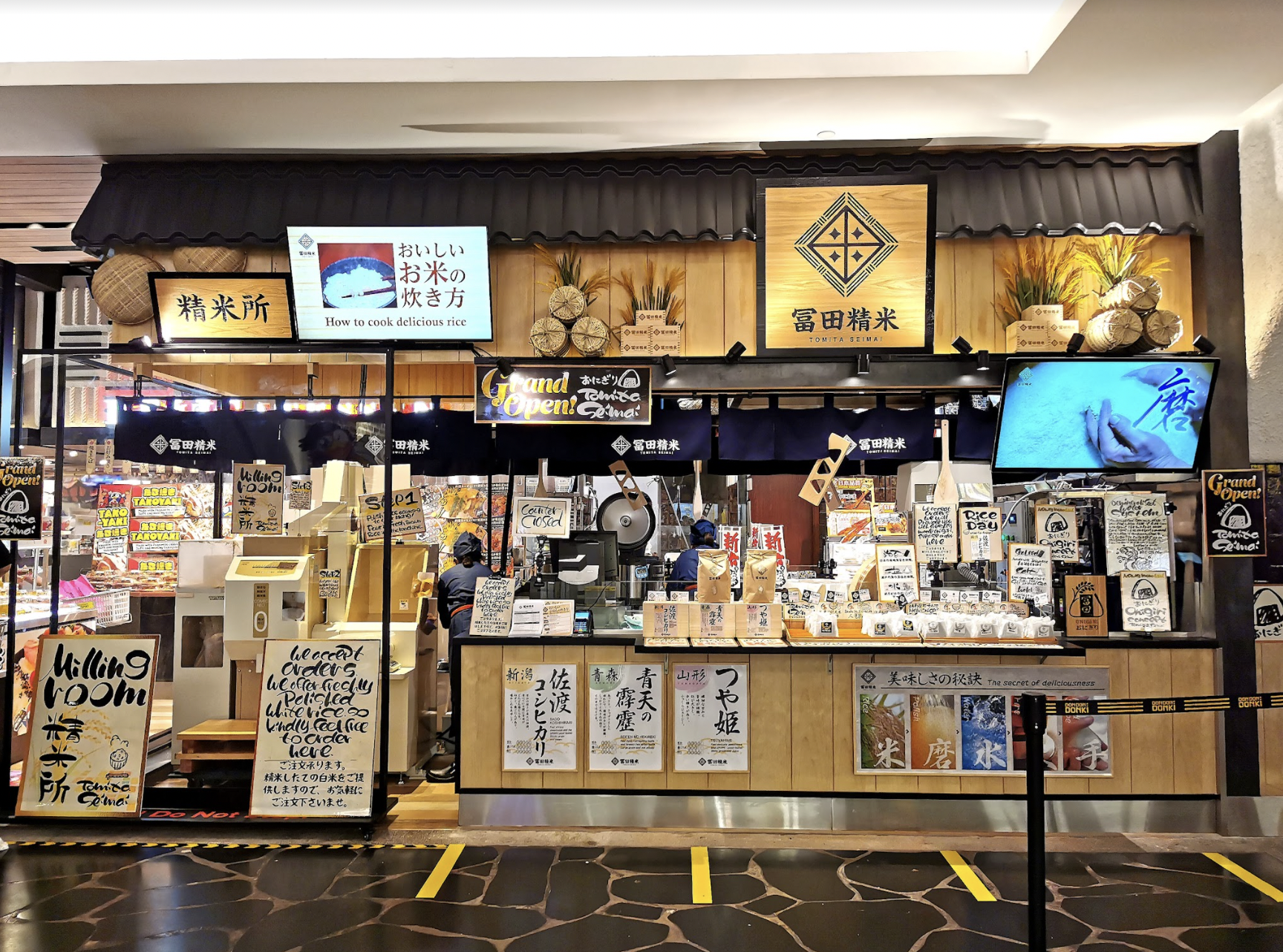 Image via DON DON DONKI
Image via DON DON DONKI
In addition, the store uses demineralised water – purified water that’s commonly used in F&B for sanitisation to prevent the growth of bacteria and biofilm – to wash the equipment, so you can be sure of the level of hygiene that’s practiced here.
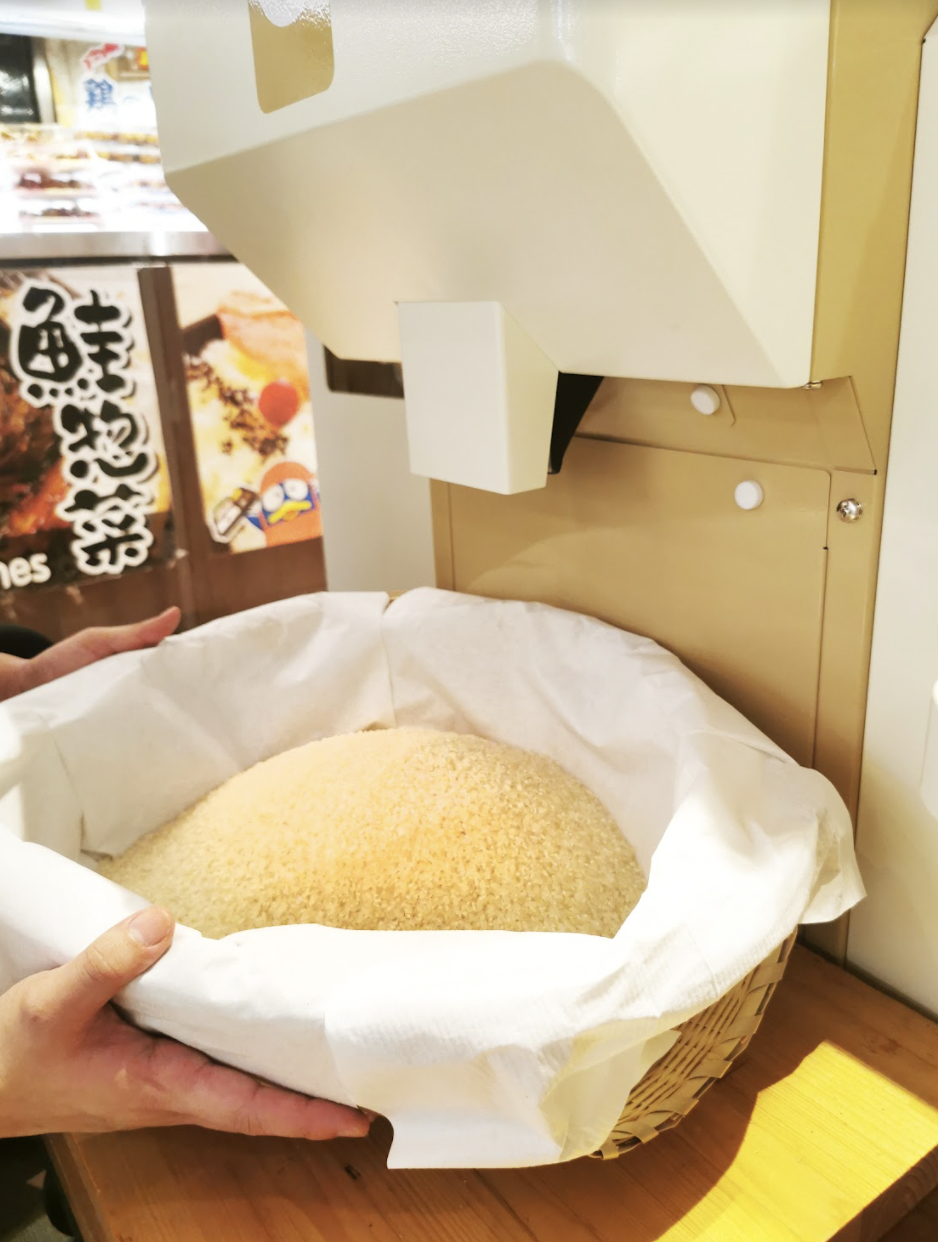 Image via DON DON DONKI
Image via DON DON DONKI
You can take a look at how rice is milled here:
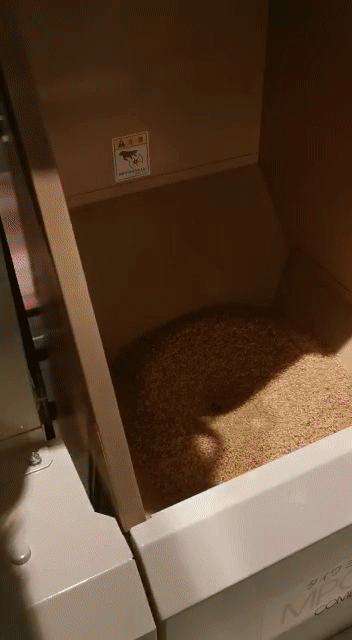 GIF via DON DON DONKI
GIF via DON DON DONKI
These rice varieties, which are priced at S$24.80 and S$62 (for 2kg and 5kg respectively) are relatively more pricey than your regular long grain rice, but considering the unique taste and texture of the rice grains that are different from the ones we usually get here in Southeast Asia, as well as the amount of care that’s put into the final product, perhaps the prices are warranted.
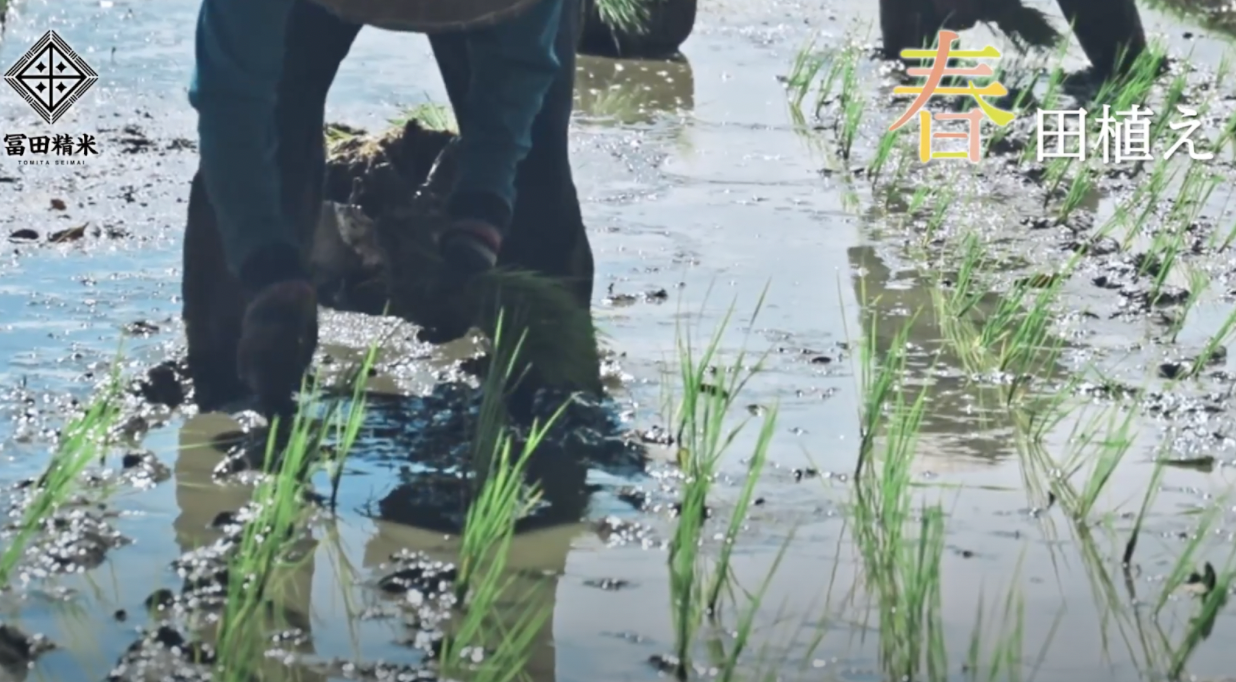 Screenshot via Tomita Semai video
Screenshot via Tomita Semai video
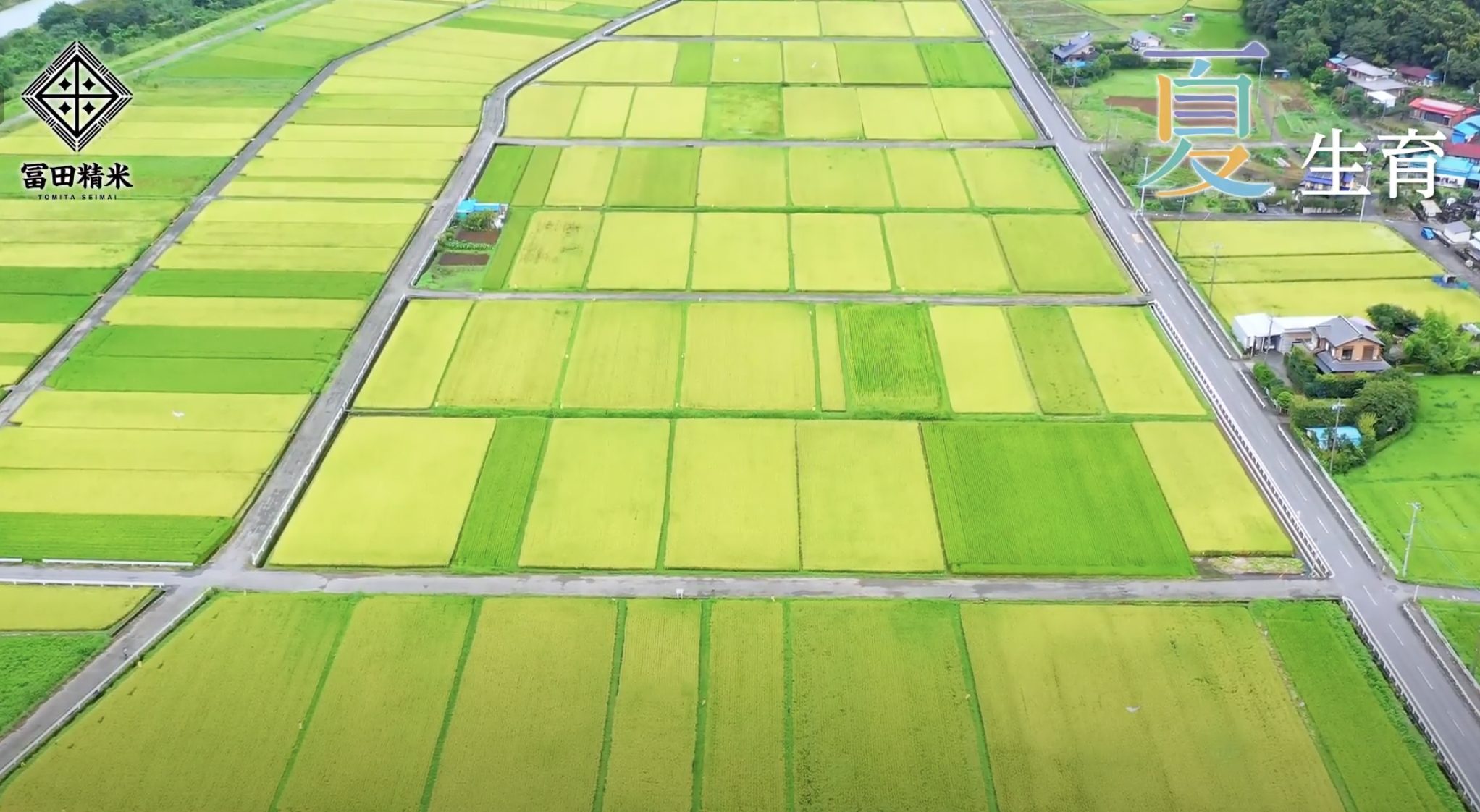 Screenshot via Tomita Semai video
Screenshot via Tomita Semai video
You can also get onigiri made from these specific rice varieties at the Orchard Central DONKI store, which is a great way to try the rice without buying a pack to cook yourself at home.
Considered to be the soul food of the Japanese, they are made with just rice, salt and seaweed in its most basic form.
But here at DONKI, there is a lot more variety that include some quintessentially Japanese flavours that many love, like mentaiko and teriyaki seasoning.
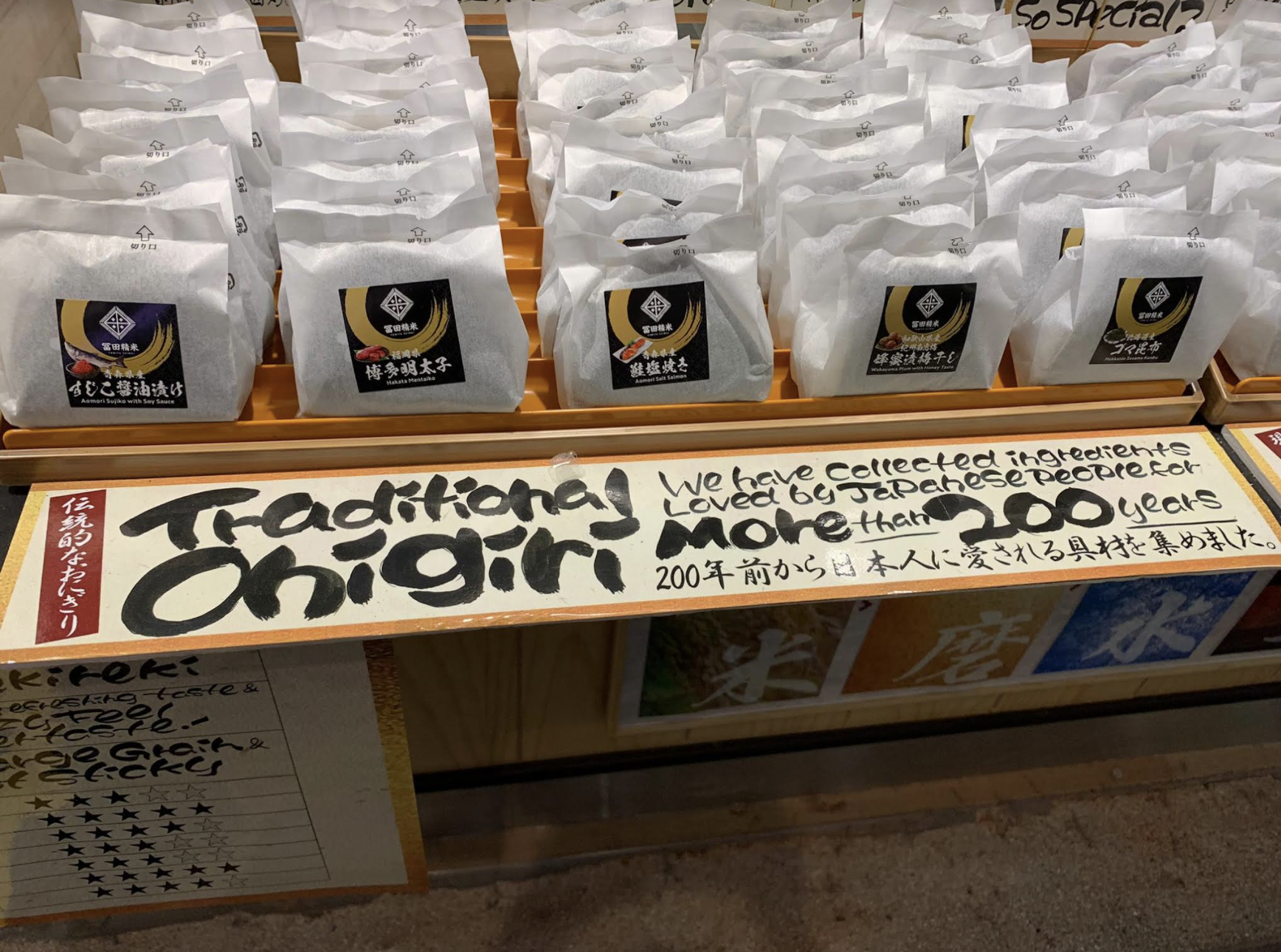 Image via DON DON DONKI
Image via DON DON DONKI
Some examples include Aomori Salt Salmon (S$3.50) and Hakata Mentaiko (S$3.90) for traditional flavours, as well as Salmon Belly Kabayaki (S$3.50) and Saba Teriyaki (S$2.90) for modern flavours.
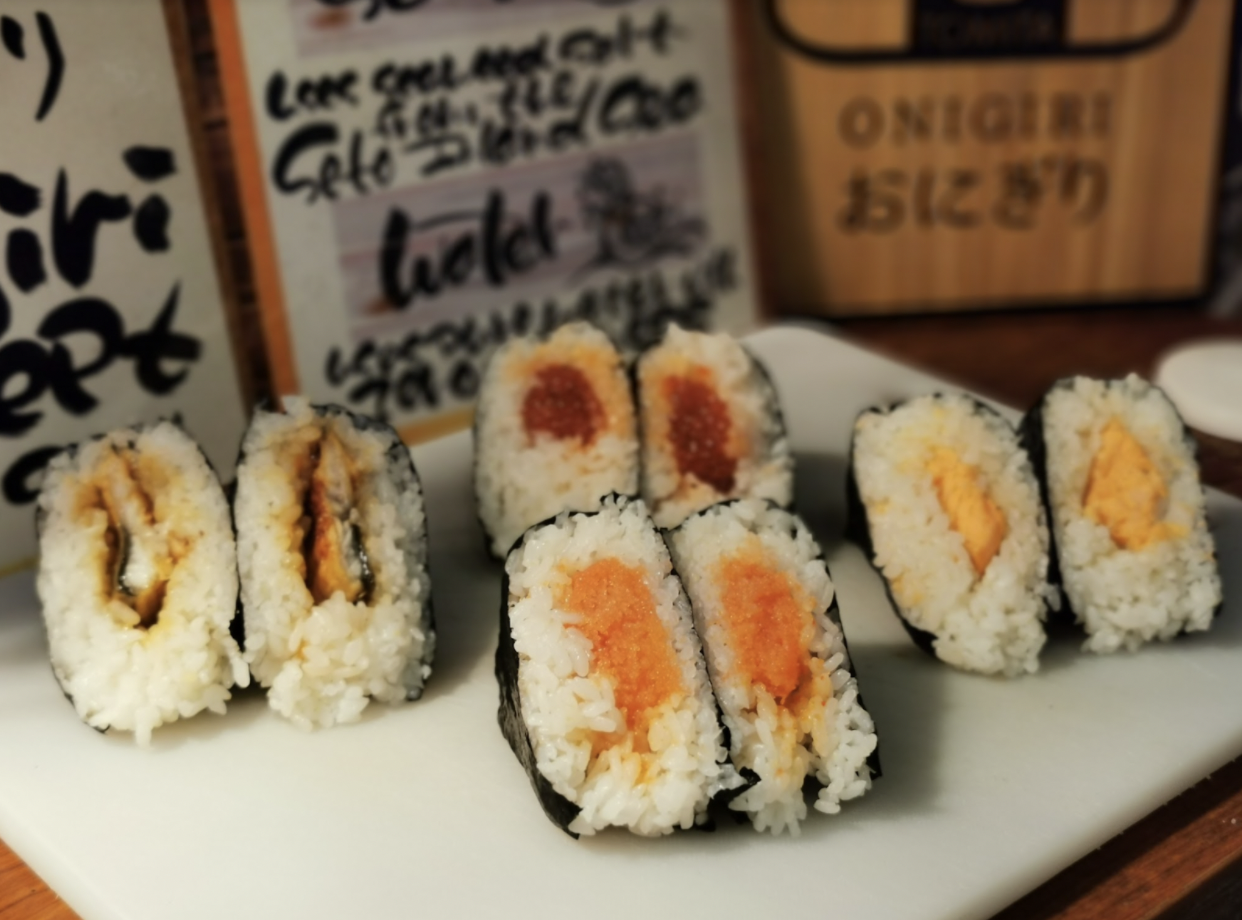 Image via DON DON DONKI
Image via DON DON DONKI
The store uses demineralised water as well as to cook the rice used to make the onigiri, so you can be sure to taste the rice in its purest form.
And if you need some tips on how to cook rice deliciously, here’s a guide:
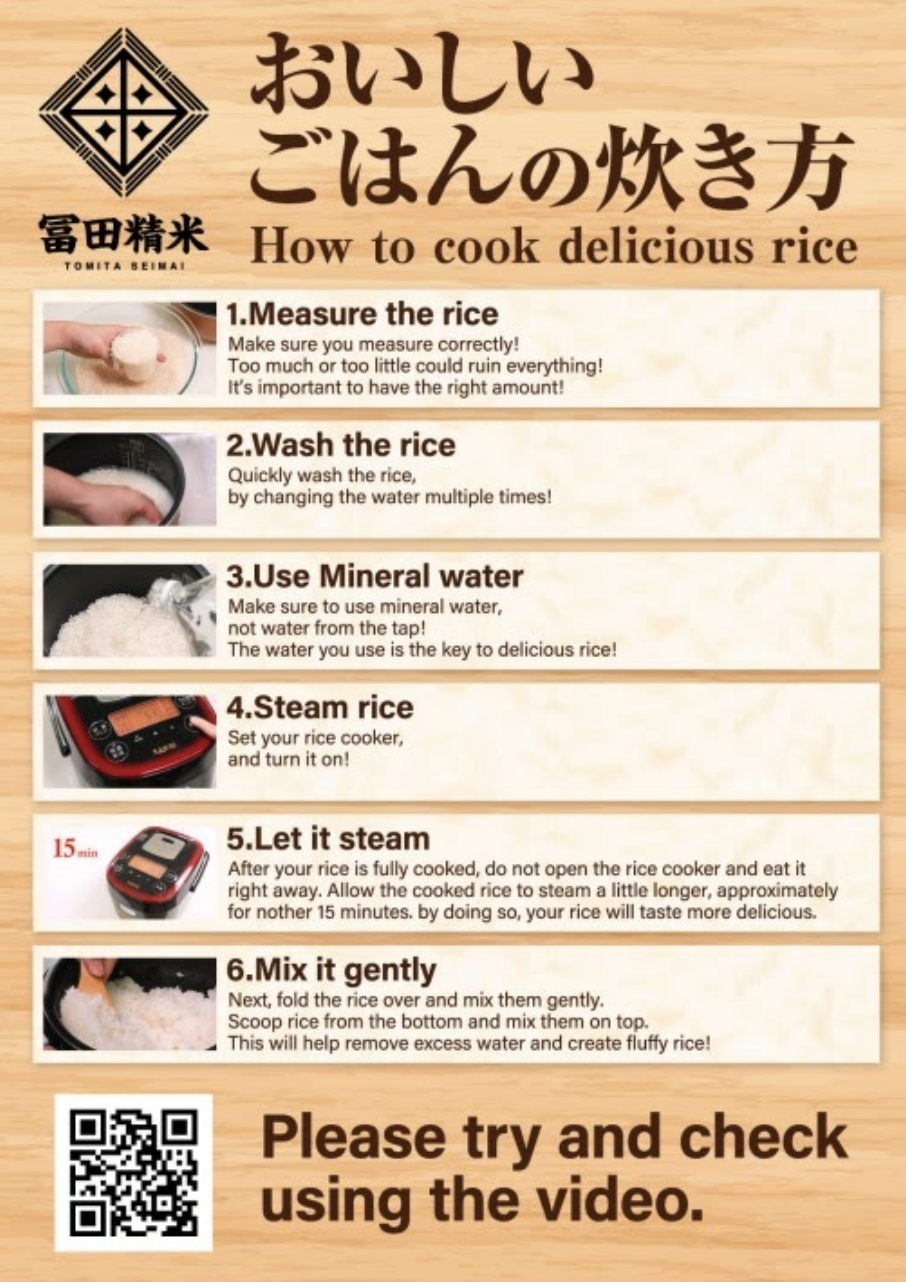 Image via DON DON DONKI
Image via DON DON DONKI
What time?
The rice milling service is available from 9am to 5pm, while the onigiris are available from 9am to 9pm.
Top image via DON DON DONKI
This sponsored piece by DON DON DONKI makes the writer crave for some hot, fluffy Japanese rice.
If you like what you read, follow us on Facebook, Instagram, Twitter and Telegram to get the latest updates.
